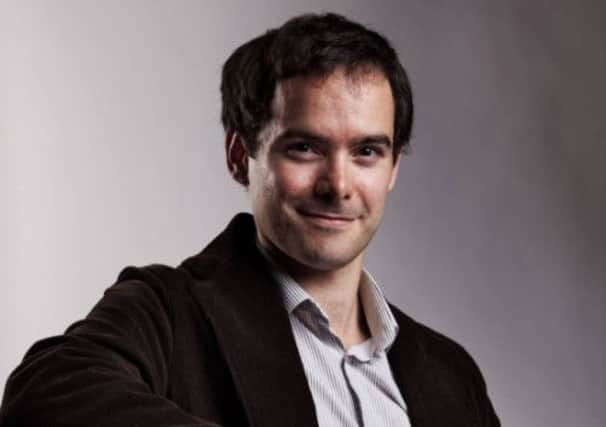Classical review: James Willshire’s Passacaglia


There are two major points to consider. The first is the question of whether Willshire makes physical, intellectual and emotional sense of a work which is utterly dominated by a single four-note motif – Stevenson’s dedication to Dmitri Shostakovich as expressed in the recurring four-note theme of D, S (E flat in German orthography), C and H (B flat) – and one which sets some extreme tests for the performer, including such technical trickery as chordal glissandi, and – about an hour into the piece – a fiendishly complex triple fugue.
Then there’s the question of how good the piece itself is. Stevenson’s clear intention, ever since premiering it himself in Cape Town 50 years ago, was to establish a mammoth, iconic addition to the piano repertory on a par with, say, Bach’s Goldberg Variations or Beethoven’s Diabelli Variations.
Advertisement
Hide AdSure enough, the Passacaglia on DSCH is still cited as probably the longest continuous example of piano writing in existence, containing within its 141 pages of variations an entire Baroque-style suite, passages offering programmatic allusions to 20th century world events and world music, and a language so fluidly eclectic it mashes up everything from Chopin and Liszt to Debussy, plus the inevitable nod to Shostakovich. In terms of difficulty, it is as epic and challenging as Mount Everest to the mountaineer. Stylistically it was once described as “virtually a synthesis, within one form, of the entire piano repertoire”.
Its problem, evident from parts of Stevenson’s own recordings and in one issued ten years ago by Scots pianist Murray McLachlan, is in finding interpretational solutions to the composer’s stubbornly persistent use of the ever-repeating signature theme at its original pitch. An unconvincing performance will leave you numbed into aural submission.
How wonderful, then, to witness this refreshing version from Willshire, who finds imaginative ways of opening up colours and nuances so often trapped under the unbending formality of Stevenson’s obsessive structure. He does this through the clarity and sensitivity of his touch, teasing out multi-layered hierarchies of tone with bell-like precision, and through intelligent pacing that gives natural ebb and flow to the music.
But what on earth drew him to such a bold and potentially claustrophobic recording project? This is not music that can be mastered in a matter of months. Willshire readily admits it took a year and a half to get it up to scratch and ready to record.
“I first came across the music when I was 13 and a pupil at Chethams School in Manchester,” recalls Willshire who, after a period of study at London’s Guildhall School of Music, now teaches at the Royal Conservatoire of Scotland. “I was intrigued by it, but forgot all about it until I was casting around for something different to do that would make a good recording project, and the idea of trying it popped into my head.”
“I also realised that Ronald would be 85 this year and that this coming December would mark the 50th anniversary of its premiere, so everything seemed to fall into place.”
Advertisement
Hide AdThe immense technical challenges go without saying, but how did Willshire find his way through the interpretational minefield? The trick, he says, is to understand the logic of the three main sections.
“The first is Ronald’s response to music of the past, so we have sonata form, a waltz, a Baroque suite and a nocturne. The central section is much more international, an attitudinal response to 20th century historical events, including the Second World War, Russian communism and ‘emerging Africa’.
Advertisement
Hide Ad“Then the references to Bach and return to order of the final section, and the repose and beauty of the wonderful epilogue that draws the work to a close like the end of a natural lifecycle.”
Stevenson’s Passacaglia is still a problematic piece, but this recording is a major boost to the credibility of a composer who has remained stubbornly undervalued for the highly individual gems he has produced. Willshire does Stevenson, as well as his own emerging reputation as a solo pianist, immense credit.
• Ronald Stevenson’s Passacaglia on DSCH, performed by James Willshire, is released this Monday on Delphian
KEN WALTON